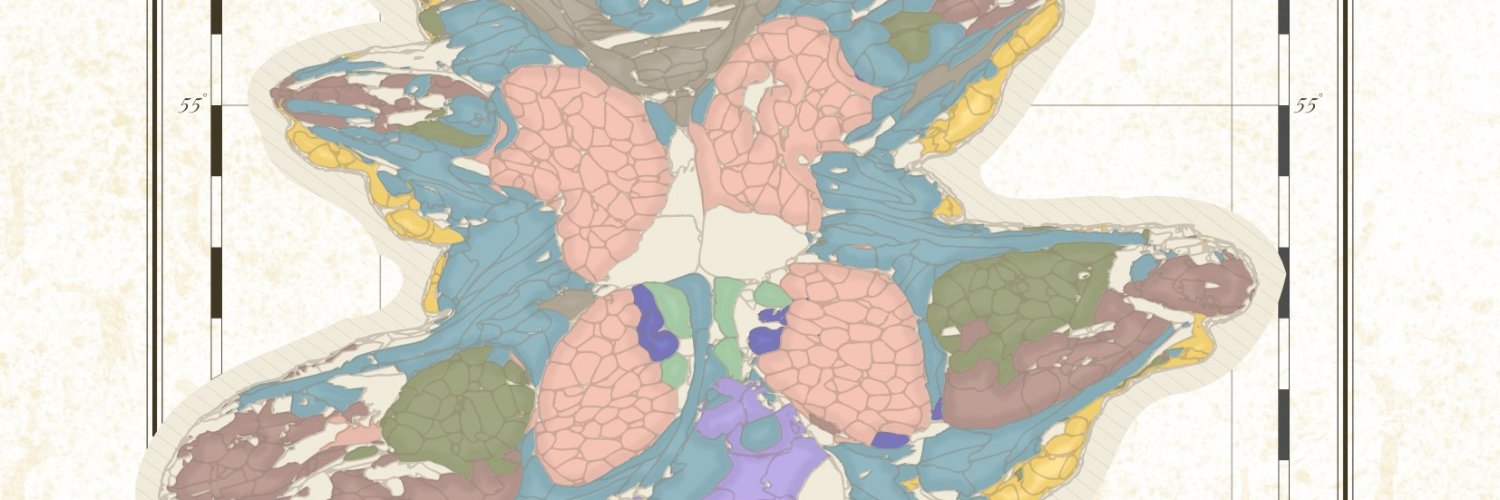
Constantin Pape
@cppape
Group leader @ Uni Goettingen applying Image Analysis and Deep Learning to large microscopy data in biology. Also @cppape.bsky.social
Are you looking for an exciting position at the intersection of super-resolution microscopy and AI? Then check out the PhD and PostDoc position we offer for a joint project with the Group of Stephan Hell at MPI Göttingen. Please RT, read on for links and details.
Looking for an opportunity to work on cutting super-resolution microscopy and AI? There's still time to apply to the two positions!
Our goal is to develop methods to understand the dynamics of biomolecules, using the latest developments in super-resolution microscopy and AI-based image analysis. Apply here: uni-goettingen.de/de/699491.html uni-goettingen.de/de/699489.html
4th paper with my brother @AbedShaib. Second on AI. A shared path with our PhD supervisor Ute, who supervised me during my PhD & now supervises him. Proud of this new publication in @NatureComms. A big thank u to our Editor @sgqcheng & our collaborators! nature.com/articles/s4146…
Really excited to share this Perspective from John Danial covering how technology is moving the field of fluorescence microscopy toward structural biology. nature.com/articles/s4159…
The science cuts are affecting incredibly important research. I am very sorry for Uri and the academic landscape in the US in general.
My lab’s 5-year NIH R01 grant, awarded to study gene therapy for hearing loss, was abruptly terminated. I want to share how this action has been incredibly harmful and disruptive, not just to my lab, but to the scientific process itself. 1/15
I shared my thoughts in a @NatureMedicine comment on the urgent need for more standardized benchmarks in #AI for biomedicine. nature.com/articles/s4159…
A thread of thoughts on radiance fields, from my keynote at 3DV: Radiance fields have had 3 distinct generations. First was NeRF: just posenc and a tiny MLP. This was slow to train but worked really well, and it was unusually compressed --- The NeRF was smaller than the images.
Media can actually boost your child's language learning! The secret? Simply talk to them about what they watched. Include natural language variability, just like in everyday conversations. Prof. Mani @nivedita_mani from @uniGoettingen shares interesting facts and tricks for…
I was trying to find Desmodesmus armatus in MoBIE (from an incredible plugin of @cppape and C. Tischer ) and a wild demon appeared 👹👹👽 #UExM #Microscopy
Can we predict future brain activity in a small vertebrate?🤔 We're releasing ZAPBench⚡️(#ICLR2025 spotlight): a benchmark to forecast activity in a whole vertebrate brain🧠 at single-cell resolution!🐟 70k+ neurons, 3 TB of data & extensive baselines. Connectome is coming! 🧵👇
Ali @AliHShaib from @uniGoettingen co-developed the One-step Nanoscale Expansion (ONE) microscopy, a revolutionary, accessible super-resolution technique. ONE combines expansion microscopy with fluorescence fluctuation analysis, enabling visualization of protein structures at…
nnU-Net v2.6 released! Most important change: Rework of the preprocessed data format 🚀 We now use Blosc2 for partially reading compressed files! Faster IO with less disk space required. Many thanks to Jan Sellner from @DKFZ_IMSY_lab and the @Blosc2 team for their amazing help!
That's a wrap for #EMBLDeepLearning 🌠 A huge thank you to everyone who attended this advanced course 🙌 We hope the hands-on element of applying deep learning-based methods to your own data and image analysis problems was useful. Until next time!
Because we have seen these improvements and due to popular demand, we have decided to start a call for community data submission to further improve our models: computational-cell-analytics.github.io/micro-sam/micr…. Looking forward to any feedback!